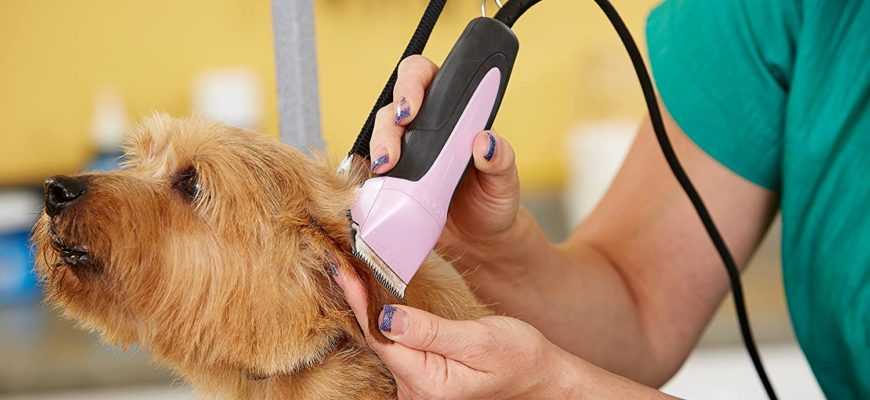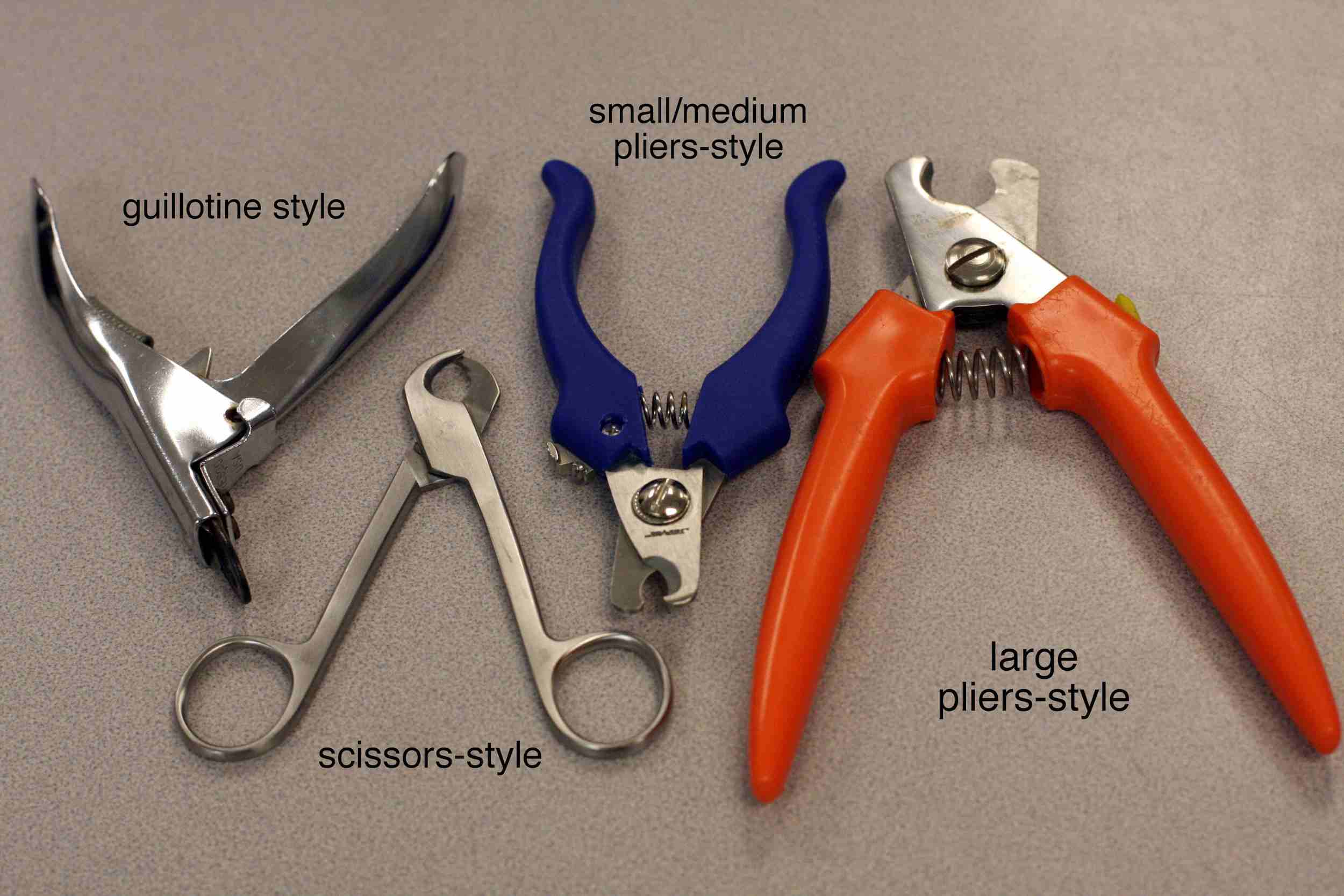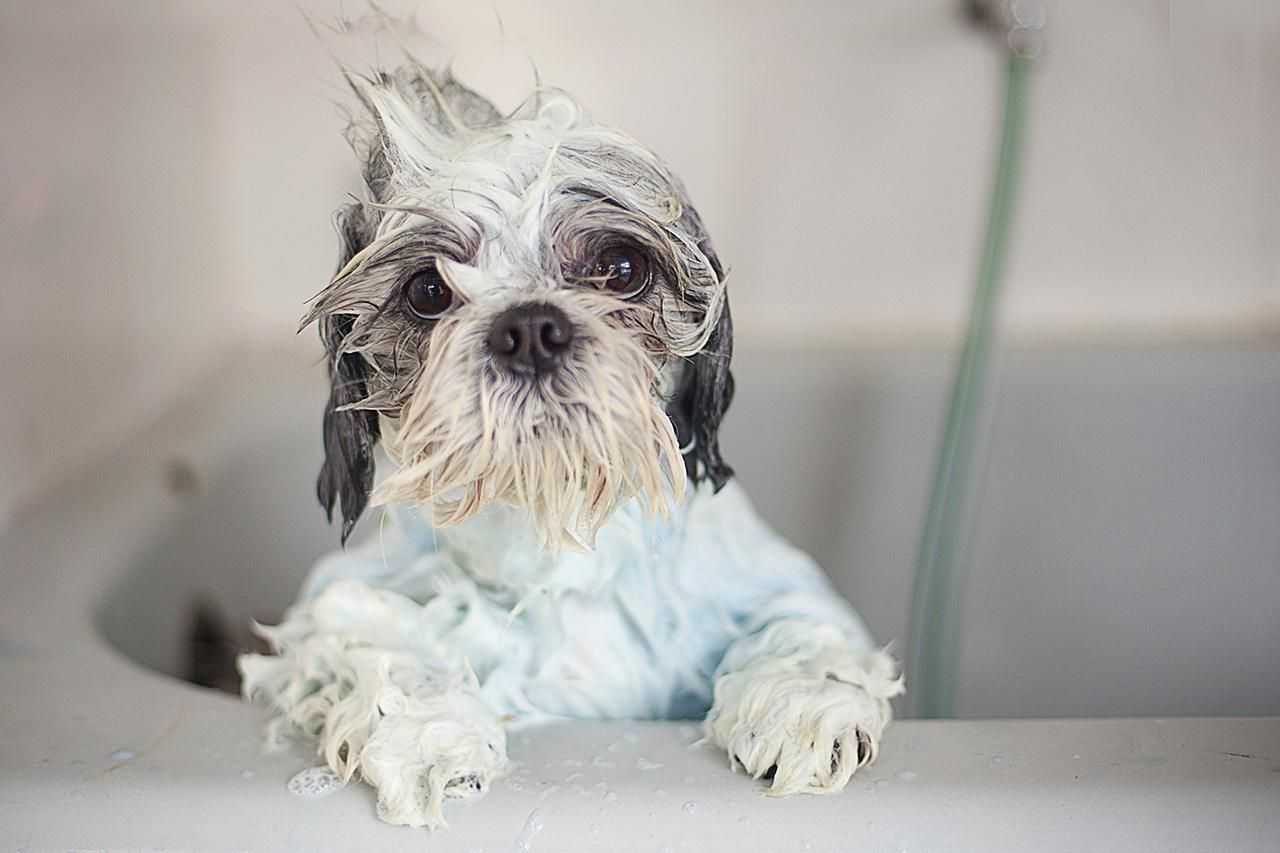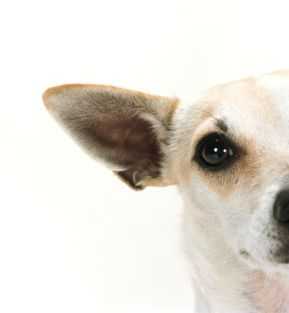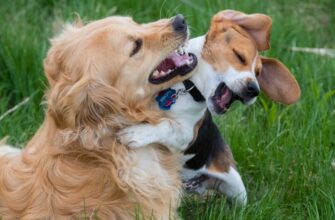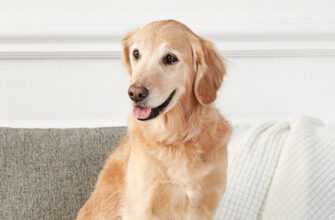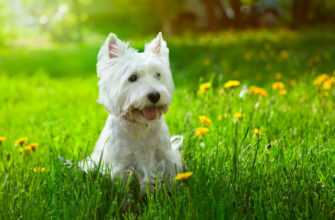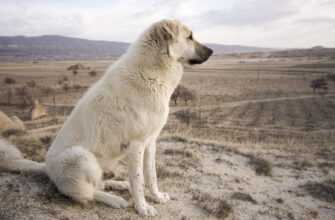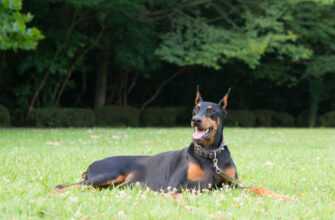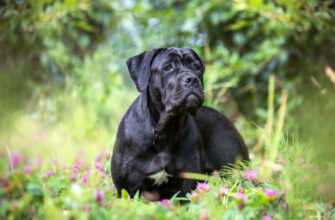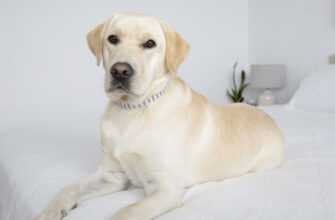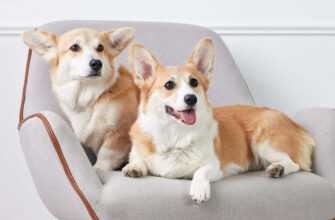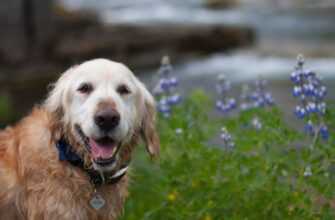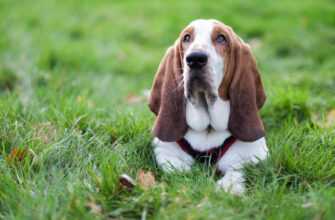All dogs need some kind of grooming routine. Some need daily brushing of the coat, some need regular haircuts. At the very least, all dog need the occasional bath and nail trim. Physical maintenance, like care of coat and nails, is one of your dog’s basic needs. Dog grooming supplies are necessary in order to keep up with your dog’s grooming needs. When choosing general supplies for your dog, do not forget the grooming equipment. Check out some of the basics so you can choose the best dog grooming supplies and equipment for your canine companion.
Dog Brushes and Combs
Dogs can have many different coat types, so it’s no surprise that there are many types of dog brushes available. Choose a brush or comb that best suits your dog’s hair. Your dog may benefit from more that one type of brush or comb.
- Bristle brushes work well for most hair types. Bristle types vary from soft to firm and from long to short. A short, soft bristle is best for dogs with short, fine hair. Long, firm bristles are best for dogs with thick, coarse hair.
- Wire pin brushes are best for dogs with medium to long hair.
- Slicker brushes are used to break up tangles and mats in medium to long-haired dogs.
- Rakes and mat breakers work best on more severe tangles and mats.
- Shedding tools have special teeth that remove excess hair from double-coated breeds and reduce shedding. Common variations are shedding blades and FURminators.
- Flea combs are used to detect and remove fleas. (This tool cannot eliminate a flea infestation.)
- Curry brushes or combs are used to remove dirt and debris and may be used prior to brushing. The short rubber tips also stimulate the natural oils in the skin. Dogs with extremely short hair may need nothing more than occasional use of the curry brush or comb.
Nail Trimmers
Nail trims can be stressful for both dogs and their owners. Knowledge of proper techniques and use of the right tools can help ease the process.
- Claw-style or plier-style trimmers are spring-loaded and cut the nail in a scissor-like fashion.
- Guillotine trimmers have a replaceable blade that cuts the nail when the spring-loaded handle is depressed.
- Scissor-like trimmers do not have springs and work best on dogs with small, delicate nails.
- Styptic powder, such as Kwik-stop, can be used to stop bleeding if you accidentally cut a nail too short.
- Filing tools grind down the nails gradually and result in a smooth edge-nail. Basic emery boards or metal files can be used on small, delicate nails. Power rotary tools work on all nail types; use low speed for smaller nails and medium to medium-high speed for thicker nails.
Dog Shampoos
Bathing your dog is much more effective when you use the right shampoo. Always choose a soap-free shampoo that is specifically intended for use on dogs. Avoid overly scented or colored formulas.
- Tear-free shampoo helps protect your dog’s eyes during baths. is designed to soothe mildly irritated skin and ease itching.
- Natural shampoo is chemical-free and often include herbs to improve skin and coat.
- Medicated shampoos can be prescribed by a veterinarian to help dogs with allergies or other skin conditions.
- Conditioners are used after the shampoo to help keep your dog’s coat moisturized, shiny, and tangle-free. Some are designed to be rinsed off while others can be left on the coat to dry. Conditioners are not always necessary to use.
- Medicated dips are used to kill fleas, mange, or other external parasites. Flea dips are no longer necessary as there are safer methods of flea prevention (dips can contain strong chemicals that irritate the skin, eyes, and mucous membranes). Some skin conditions must still be treated with dips. Your vet will recommend medicated dips if they are necessary for your dog.
Dog Ear Care
Proper ear care for dogs is sometimes overlooked, but it is just as important as the maintenance of hair and nails. Routine ear cleaning can remove the buildup of wax, sebum, and debris, preventing ear infections. Talk to a veterinary professional or groomer about proper techniques for cleaning your dog’s ears.
- Ear cleansers are used to help rinse and clean the ear canal. Choose a product made for dogs and recommended by vets.
- Cotton balls or pads are used to wipe out debris from the ears after the cleanser is applied.
- Ear powder is used to dry the ear canal of dogs with excess hair to prepare it for plucking.
- Hemostats can be used to pluck excess hair from ears. Be sure you are trained to do this before you attempt it on your own!
- Ear medications may be prescribed by a vet for dogs with ear conditions such as infections or ear mites.
NOTE: Never use cotton-tipped swabs or alcohol in your dog’s ears.
Dog Hair Clippers
Not all dogs will need haircuts. Short-haired dogs do not need to be shaved or clipped. Some dogs with medium to long hair, such as Golden Retrievers, may benefit from occasional hair trims but should not be completely shaved down. However, dogs with hair that keeps growing, like Poodles or Shih Tzus, must be groomed on a regular basis. Some owners choose to keep these dogs’ coats shaved short while others prefer to keep more hair, meaning they may need to be brushed more frequently.
Dog groomers and pet owners often use electric clippers to give dogs a fast, neat, and uniform cut. Experienced groomers may also use hair cutting scissors to neatly trim or touch-up long hair. If you are not trained to use scissors, it’s best to stick with electric clippers.
It is extremely important to NEVER use scissors to cut mats out. You could seriously injure your dog! Use electric clippers or special brushes for this instead.
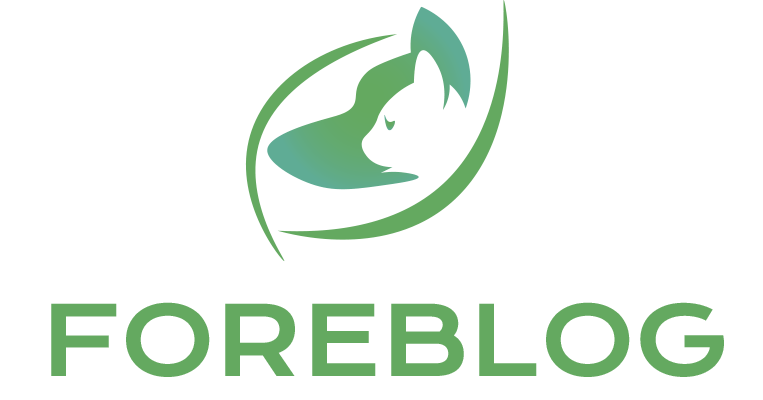
 Home
Home Animal Adoption
Animal Adoption Animal Names
Animal Names Cats
Cats Dogs
Dogs